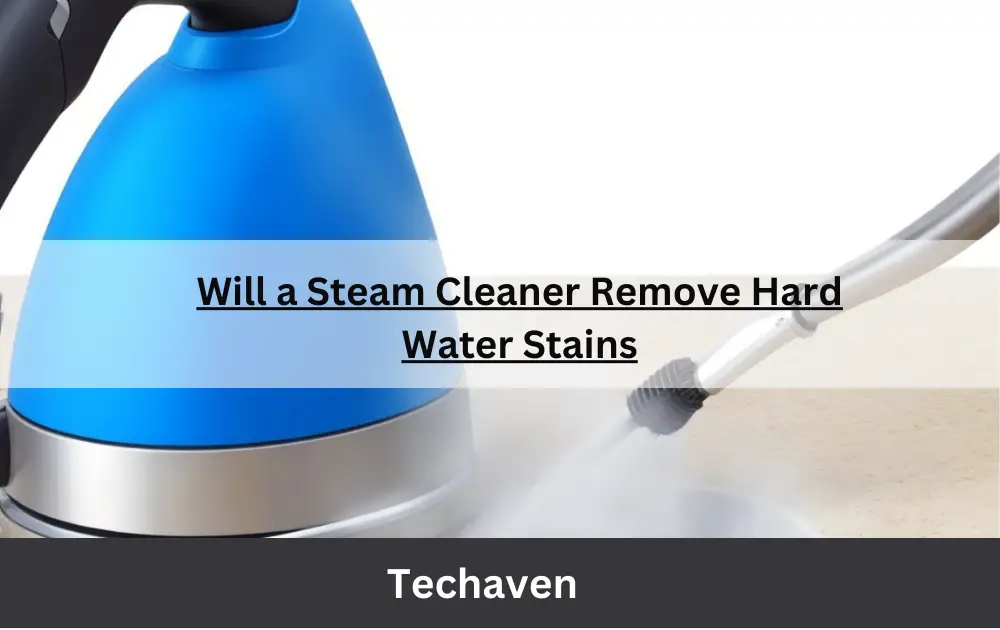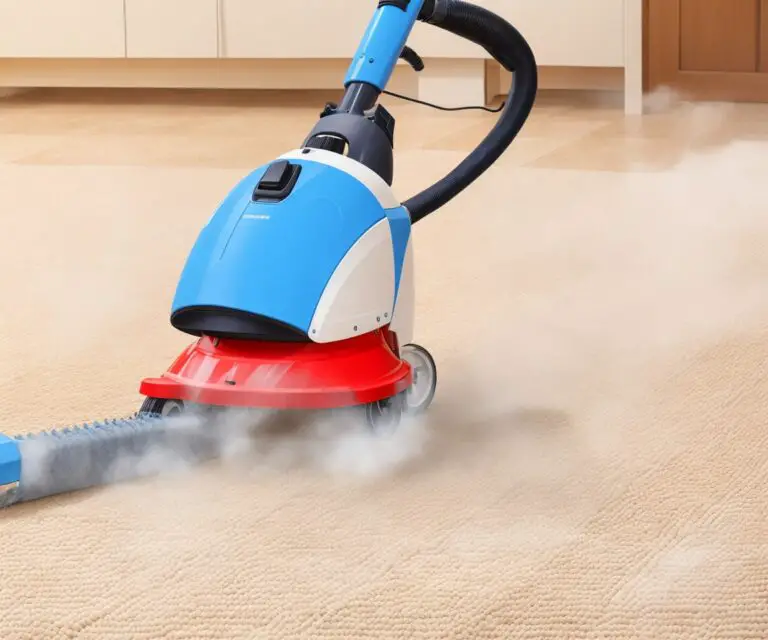Will a Steam Cleaner Remove Hard Water Stains
Hard water stains are a common nuisance that many homeowners face. These stubborn, unsightly marks can be challenging to remove, especially on surfaces like glass, tile, and fixtures. One powerful tool that has garnered attention for its ability to combat hard water stains is the steam cleaner. In this comprehensive guide, we will explore the science behind steam cleaning, its effectiveness on different surfaces, and the steps to remove hard water stains using a steam cleaner. Additionally, we will cover alternative methods for removing hard water stains and address frequently asked questions. So, let’s delve into the world of steam cleaning and learn how it can help you tackle those pesky hard water stains in an eco-friendly and efficient manner.
Understanding Hard Water Stains
What are Hard Water Stains?
Hard water stains, also known as mineral deposits or limescale, are caused by the buildup of minerals like calcium and magnesium present in hard water. These minerals can accumulate and leave behind unsightly white or cloudy residue on various surfaces, including glass, tile, and metal fixtures.
How Does a Steam Cleaner Work?
Steam cleaners use the power of steam to clean and sanitize surfaces. They work by heating water to produce steam, which is then released through a nozzle or attachment. The high-temperature steam loosens dirt, grime, and stains, making them easier to remove. Additionally, the heat of the steam kills bacteria, germs, and allergens, ensuring a clean and hygienic surface.
Benefits of Using a Steam Cleaner
There are several advantages to using a steam cleaner, including:
- Chemical-free cleaning, as it only requires water
- Effective sanitization and killing of bacteria, germs, and allergens
- Versatility in cleaning a wide range of surfaces
Can a Steam Cleaner Remove Hard Water Stains?
Yes, steam cleaners can be effective in removing hard water stains. The high-temperature steam generated by the cleaner helps dissolve the mineral deposits, making them easier to remove. However, the effectiveness of steam cleaning depends on factors like the surface material, the severity of the stains, and the proper use of the steam cleaner.
The Science Behind Steam Cleaning
The effectiveness of steam cleaning in removing hard water stains can be attributed to the following scientific principles:
- Thermal shock: The rapid change in temperature caused by the high-temperature steam can break the bonds between the mineral deposits and the surface, making them easier to remove.
- Dissolving minerals: The hot steam can dissolve the minerals in the hard water stains, loosening their grip on the surface.
- Expanding steam: As steam expands, it penetrates the pores and crevices of the stained surface, loosening the mineral deposits and facilitating their removal.
Effectiveness on Different Surfaces
Steam cleaning can be effective on a variety of surfaces, including:
- Glass: Glass shower doors, windows, and mirrors are particularlysusceptible to hard water stains. Steam cleaning can help dissolve and remove these mineral deposits, restoring the glass’s clarity and shine.
- Tile: Tiles in bathrooms and kitchens are also prone to hard water stains. Steam cleaning can effectively remove the buildup from both the tile surface and grout lines.
- Metal fixtures: Faucets, showerheads, and other metal fixtures can suffer from mineral deposit buildup. Steam cleaning can help loosen and remove these deposits without damaging the metal finish.
Steps to Remove Hard Water Stains with a Steam Cleaner
Preparing the Steam Cleaner
- Fill the steam cleaner’s water tank with distilled or deionized water to prevent mineral buildup within the machine.
- Attach the appropriate nozzle or accessory for the surface you plan to clean.
- Turn on the steam cleaner and allow it to heat up.
Testing on a Small Area
Before steam cleaning the entire stained surface, test the steam cleaner on a small, inconspicuous area to ensure it does not cause damage or discoloration.
Cleaning the Stained Surface
- Hold the steam cleaner’s nozzle or attachment 6-8 inches away from the stained surface.
- Apply the steam evenly across the surface, focusing on areas with heavy staining.
- Use a microfiber cloth or a soft brush to gently scrub the loosened mineral deposits.
- Wipe the surface clean with a dry microfiber cloth.
Repeat the process as necessary until the hard water stains are removed.
Additional Tips for Removing Hard Water Stains
- For stubborn stains, consider using a mixture of water and vinegar as a pre-treatment. Spray the solution onto the stained surface, let it sit for a few minutes, and then steam clean.
- After steam cleaning, apply a protective sealant or polish to glass or metal surfaces to help prevent future hard water stains.
Precautions and Safety Measures
- Always follow the manufacturer’s instructions and guidelines when using a steam cleaner.
- Wear appropriate protective gear, such as gloves and goggles, to avoid burns from the hot steam.
- Keep children and pets away from the steam cleaner while in use.
Alternative Methods for Removing Hard Water Stains
If steam cleaning is not an option or is not effective for your specific stains, consider these alternative methods:
- Vinegar solution: Mix equal parts white vinegar and water. Spray the solution onto the stained surface, let it sit for several minutes, then gently scrub and rinse.
- Lemon juice: Cut a lemon in half and rub it directly onto the stained surface. Let the lemon juice sit for a few minutes, then scrub and rinse.
- Commercial cleaning products: Use a cleaner specifically designed for removing hard water stains, following the manufacturer’s instructions.
Conclusion
Steam cleaners can be an effective and eco-friendly solution for removing hard water stains from various surfaces. By understanding the science behind steam cleaning and following the proper steps and precautions, you can harness the power of steam to restore the appearance of your glass, tile, and metal fixtures. However, be sure to test the steam cleaner on a small area before treating the entire surface and explore alternative methods if necessary.
FAQ’s
Is a steam cleaner safe to use on all surfaces?
While steam cleaners are generally safe for most surfaces, some materials may be sensitive to heat or moisture. Always consult the manufacturer’s recommendations for the surface you plan to clean and test the steam cleaner on a small, inconspicuous area first.
How often should I clean hard water stains?
The frequency of cleaning hard water stains depends on the severity of the staining and the surface type. Regular cleaning can help prevent the buildup of mineral deposits and make it easier to remove stains. Consider cleaning hard water stains as part of your routine household maintenance, adjusting the frequency based on your specific needs and water hardness level.







